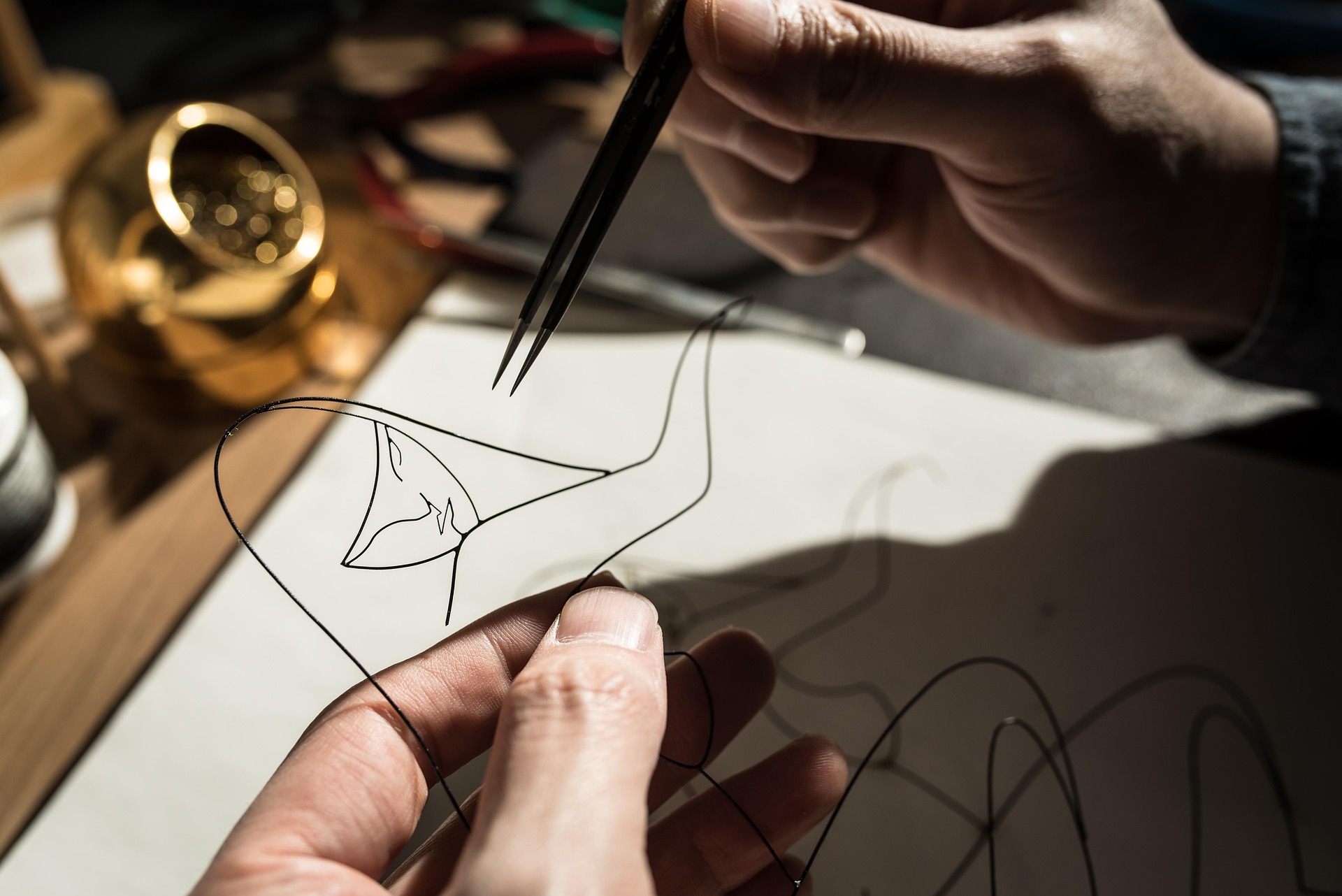The Intricate Mastery Behind the Biomechanics of a Soccer Kick
Our understanding of sport has evolved dramatically over the years, influencing the way we train, strategize, and watch our favorite games. One area that has been particularly transformed is the skillful art of soccer kicking, where the science of biomechanics plays a crucial role. Let's delve into this captivating facet of soccer, exploring its history, current trends, and real-world applications.

1. A Glimpse into the Past: The Origins of Soccer Kicking
In the early days of soccer, the sport was much less sophisticated than today, with most players relying on brute strength rather than technique. However, as the game developed, so did the understanding of the technique behind a successful kick. The first scientific studies on soccer kicks emerged in the 1960s and 70s, using film analysis to examine the movement and mechanics of the kick.
2. The Science of Biomechanics in Soccer: A Current Perspective
Nowadays, biomechanics is an integral part of soccer training and analysis. It involves the application of mechanical principles to the human body to understand the forces exerted by muscles and gravity on skeletal structure. By understanding these principles, players can optimize their kicking techniques to generate maximum speed and accuracy.
3. The Methodology: Mastering the Biomechanics of a Soccer Kick
The technique behind a successful soccer kick is more complex than it seems. It involves several stages: the approach, the plant, the swing, and the follow-through. Each of these stages has distinct biomechanical considerations, like the angle of approach, the positioning of the plant foot, and the momentum of the swing leg.
4. The Benefits and Challenges: Applying Biomechanics to Soccer Kicks
Understanding the biomechanics of a soccer kick can dramatically improve a player’s performance. However, mastering these techniques can be challenging, requiring a combination of physical conditioning, technical training, and mental discipline.
5. The Future of Soccer Kicking: Insights and Predictions
As our understanding of biomechanics continues to evolve, new training methods and technologies are likely to emerge, helping players further optimize their soccer kicks. While it’s impossible to predict the future with certainty, it’s exciting to imagine the possibilities that lie ahead in this dynamic field.
In conclusion, the biomechanics of a soccer kick is a fascinating topic that offers a fresh perspective on this beloved sport. By unpacking the science and history behind soccer kicks, we can appreciate the sophistication of this seemingly simple act and the countless hours of training that go into mastering it.




